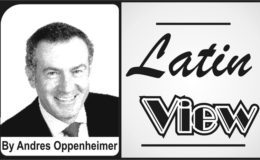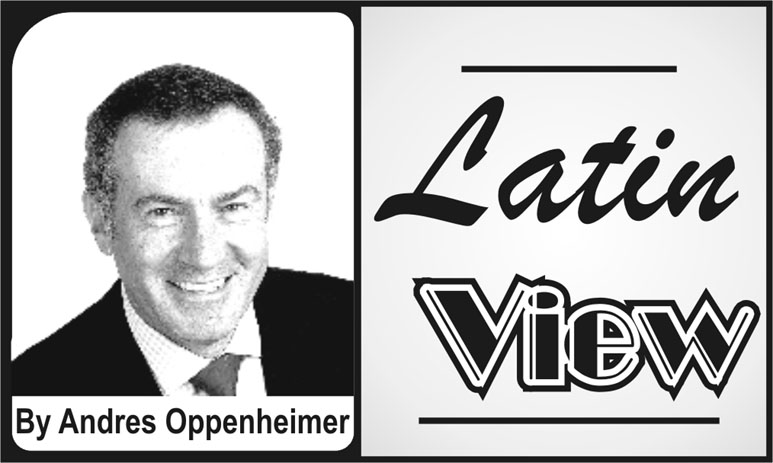 I learned in journalism school that what you see often is more important than what you hear, so I decided to turn off the television volume during much of the Republican National Convention that proclaimed Donald Trump as the Republican’s presidential candidate, and to take notes. Here is what I saw.
I learned in journalism school that what you see often is more important than what you hear, so I decided to turn off the television volume during much of the Republican National Convention that proclaimed Donald Trump as the Republican’s presidential candidate, and to take notes. Here is what I saw.
First, it was a sea of white faces. The crowd looked like a reflection of an all-white America that has long ceased to exist. Sure, there were some black, Asian and Latino faces at the arena, but they were sofew and far between that the TV cameras seemed go back constantly to the same ones, as if they couldn’t find any others in the crowd.
Actually, the cameras may have had a hard time spotting them: there were only 18 black delegates among the 2,472 at the convention, according to a Washington Post count of registered delegates. “There are likely fewer black delegates to the Republican convention than at any point in at least a century,” read a July 19 headline in the Washington Post.
It’s no wonder that Trump could draw so few minorities to his coronation in Cleveland: Only 6 per cent of black Americans plan to vote for Trump, according to an NBC News-Wall Street Journal poll. In Ohio, the percentage of African-Americans who plan to vote for Trump is zero, according to the same poll.
Among Hispanics, Trump is not doing much better: Only 11 per cent of Latino voters have a favorable view of him, according to a Telemundo poll. By comparison, then-Republican candidate George W Bush got 40 per cent of the Latino vote in 2004, John McCain got 31 per cent in 2008, and Mitt Romney got 27 per cent in 2012.
Second, Trump’s nomination looked like a textbook case of personality cult. In his first appearance at the convention, on Monday, Trump’s silhouette emerged slowly from behind a white screen amid a cloud of smoke, like a Hollywood version of Moses descending from the mountain with God-given words of wisdom. As he walked forward with his hands clasped, as if he were a holy man, the smoke machines and the music came to a halt, and the crowd roared.
Third, it looked like a Trump family — or a Trump Enterprises — party. While in most political conventions the candidate shows up on the last night to make his acceptance speech, Trump was front and centre — his chin up, his eyes fixed on the horizon — every night.
And some of the convention’s other prime-time speaking slots were given to his wife, Melania, and to his children Tiffany, Donald Jr, Eric and Ivanka. Other prime-time speakers included Trump employees such as Lynn Patton, vice-president of the Eric Trump Foundation.
Granted, it may have been that many of the Republican Party’s biggest names didn’t attend — including McCain, Romney and former Republican presidents George H W Bush and George W Bush — in a clear sign of protest against Trump’s nomination. Or it could have been that Trump, who married three times and is haunted by a history of making sexist remarks, desperately needed to project the image of a family man.
Third, looking at the signs held by the crowd, they all contained the same word: again. Echoing Trump’s campaign motto, they read “Let’s make America great again,” or “Let’s make America strong again,” or “Let’s make America safe again.”
All signs seemed to call for the resurrection of a supposedly idyllic American past. Does Trump’s “again” refer to the times before women, blacks or Hispanics could be elected presidents? Does the “again” refer to the time when the last Republican administration left America with its worst economic crisis in recent memory, in 2008? Trump has yet to explain what he means with his “again.”
My opinion: Watching much of the Republican convention with the television sound off, to better concentrate on what I could see, it looked like the coronation of a ‘Maximum leader,’ like the many I have witnessed in Latin America and other developing nations. It was personality cult at its worse, and a bad omen for what is to come if Trump wins.






